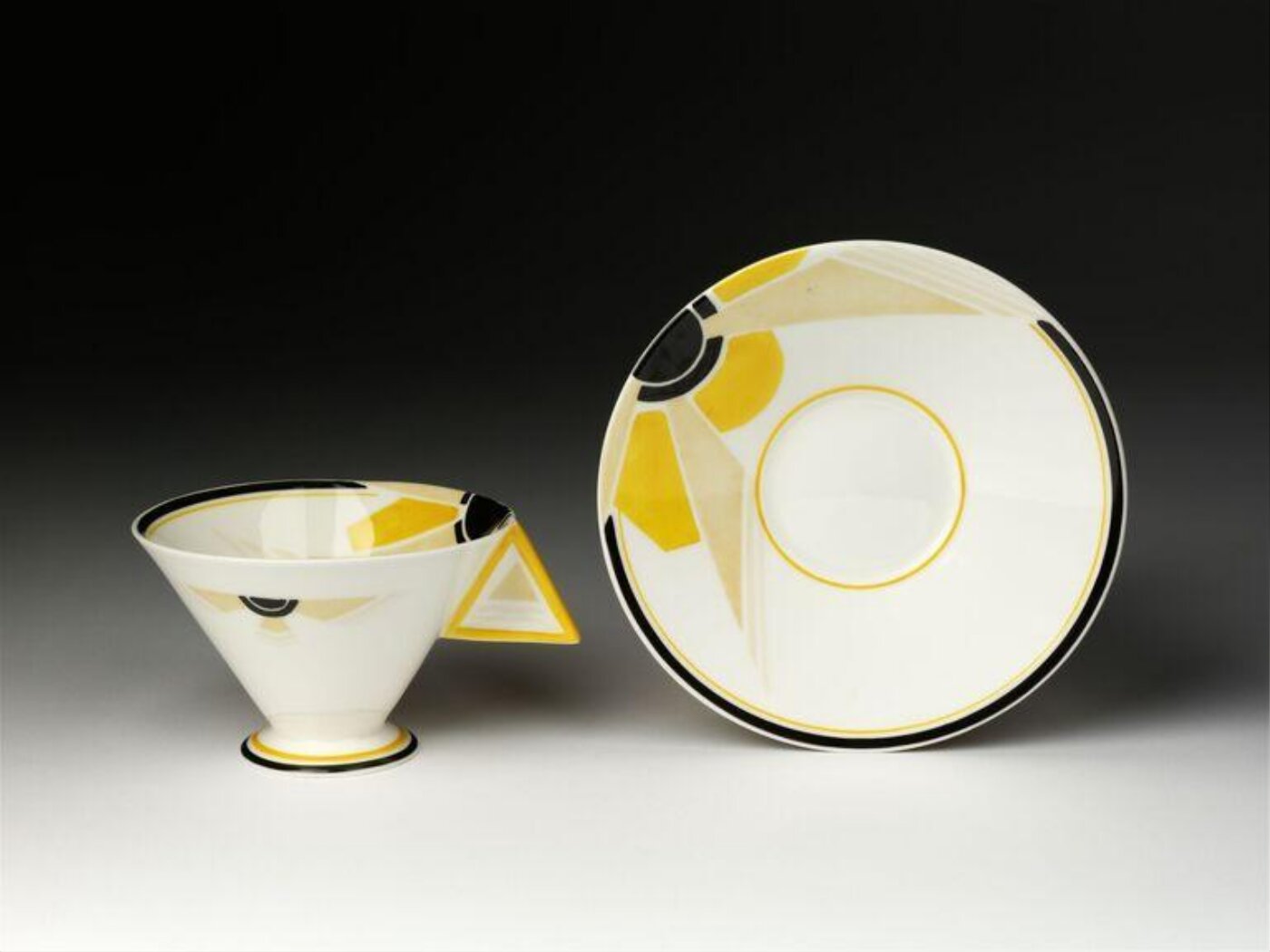
I’ve just got back from a wonderful family holiday in California. And, of course, we couldn’t take our teenage daughters to California and not go to Disneyland.
This year marks the seventieth anniversary of Disneyland, the Californian theme park conceived and built by Walt Disney, which opened in 1955. We forget now that this was a revolutionary concept in its time and wonderfully founded on the wholesome notion of creating a place where families could immerse themselves in an imaginative world; where parents and children could play and have fun together. In our screen-obsessed, individualist, loneliness-epidemic age, that continues to be a very good idea.
We spent two days at Disneyland which proved enough time for me to have a chat and selfie with Iron Man; become a Space Ranger firing lasers alongside Buzz Lightyear; go on a turbulent adventure through a dangerous lost temple with Indiana Jones; and even join the Rise of the Resistance to be chased by some mean-looking Storm Troopers. Good times.
However, a point of friction for me, ironically, was the theme for Disneyland's 70th anniversary celebration: "Celebrate Happy".
I think Disneyland is great. A place designed for families and friends to have fun together absolutely gets my jaunty thumbs up. But I got increasingly annoyed by being told I should be happy all the time. Apart from anything else, the motto was clearly coined by someone who has never experienced the greatest irony of all: Disney Leg.
Disney Leg (grown-up name Cutaneous Vasculitis, also experienced when playing golf) is a form of small blood vessel inflammation resulting swelling, a purplish rash, burning sensation and itching caused by walking or standing for hours at a time in high temperatures. It occurs most commonly in women in their late 40s or early 50s. I was one such woman. And I can tell you for nothing that Disney Leg is no celebrator of happy.
Disney leg may have made me more Eeyore than Tigger, but my Disney experience was also framed by reading Kate Bowler’s wonderful book, Everything Happens for a Reason: And Other Lies I've Loved. I love Kate Bowler. I want her to be my best friend, forever. I want to be her when I grow up.
I first met her when I listened in to the Seen & Unseen Live that featured her in conversation with Graham Tomlin. She introduces herself saying, “I’m Kate. I’m a Duke professor, podcaster and author with a single mission: giving you a little more permission to admit that you’re not always ‘living your best life’. After years of being told I was incurable, I was declared cancer-free. But there’s no going back. I am forever changed by what I discovered: life is so beautiful and life is so hard.”
For everyone.” Kate is leading her own Rise of Resistance as she resists the tyranny of the wide and pervasive culture of extreme positivity that could also be summed up as “celebrate happy”.
If my life is a failure because I’m not happy all the time, then how do I find the courage and hope that I need when faced with suffering or challenge?
If Kate had been there, she wouldn’t have insisted that I celebrate happy, she would have found some shade and a bucket of iced water for me to immerse my Disney ankles in. She would have listened to me describe my discomfort with compassion and empathy such that I would then also feel able to tell her about how much I was enjoying myself.
You see, I believe that the way towards “happy” isn’t through denial of suffering. It can’t be. We all know that life can be unbearably hard as well as achingly funny. To deny one is to negate the reality of the other. And to make “happy” our life goal is to exclude so much else that is beautiful in its complexity. If my life is a failure because I’m not happy all the time, then how do I find the courage and hope that I need when faced with suffering or challenge? And suffering and challenge are an everyday part of life that we simply cannot choose to ignore. The unpaid bills, the cancer diagnosis, the broken relationship - these things don’t go away or hurt less when I insist that I’m living my best life.
Some of the best times of my life have occurred at exactly the moment when life has been hardest. Because that’s when I’ve had to acknowledge that I’m not in control of everything; that there is something, Someone, bigger and more powerful and more glorious than anything this world can offer me. If I insist on making happiness my god, I might easily miss out on the God who loved me so much he was prepared to suffer and die for me. My best life is found not in “happiness” but in the truth of God’s sacrificial love for me.
I don’t mean to denigrate Disney at all. I think the Disney DNA of fun and a warm welcome give the rest of us much to learn from. Did you know that the people who walk around Disneyland dressed up as the famous Disney characters are highly trained, including the golden rule: when a child hugs you, you don’t let go until they do. Isn’t that beautiful? (I wonder how that would play out if I insisted on that in my church?) But I do want to take the focus off the demand to “celebrate happy” and be free to celebrate the wider experience of life as well.
What I took from my Disney/Kate Bowler sandwich is that the best of life comes from embracing the highs and lows; being honest about and unafraid of mixed feelings.
Life is, as Ronan Keating once said, a rollercoster, just got to ride it. But also, I would add, life is getting fed up in the queue to get on the ride. Life is also feeling too hot or tired and needing to sit down. Life is also looking at your photos afterwards and realising that Tinkerbell has photobombed you. And I believe that all of that is to be celebrated, along with the happy.
Support Seen & Unseen
Since Spring 2023, our readers have enjoyed over 1,500 articles. All for free.
This is made possible through the generosity of our amazing community of supporters.
If you enjoy Seen & Unseen, would you consider making a gift towards our work?
Do so by joining Behind The Seen. Alongside other benefits, you’ll receive an extra fortnightly email from me sharing my reading and reflections on the ideas that are shaping our times.
Graham Tomlin
Editor-in-Chief






